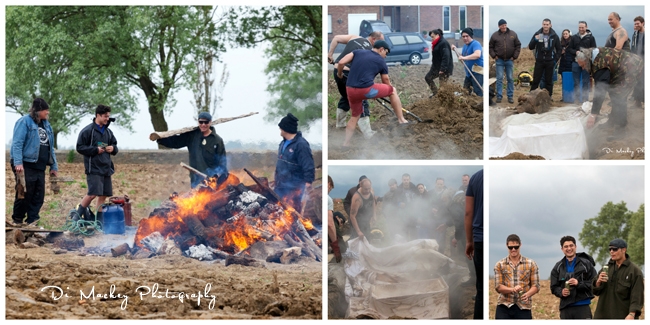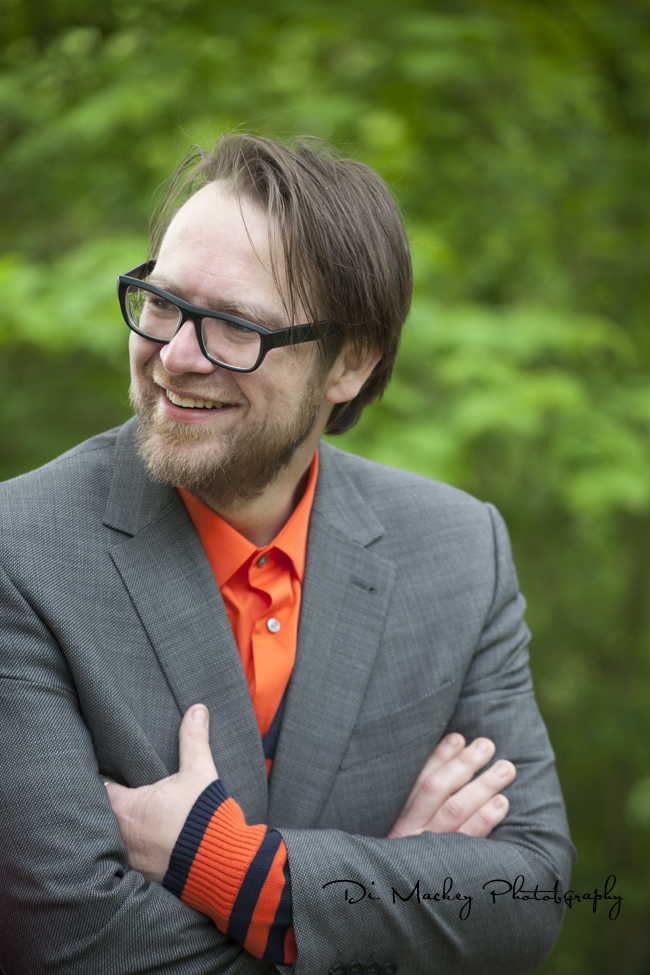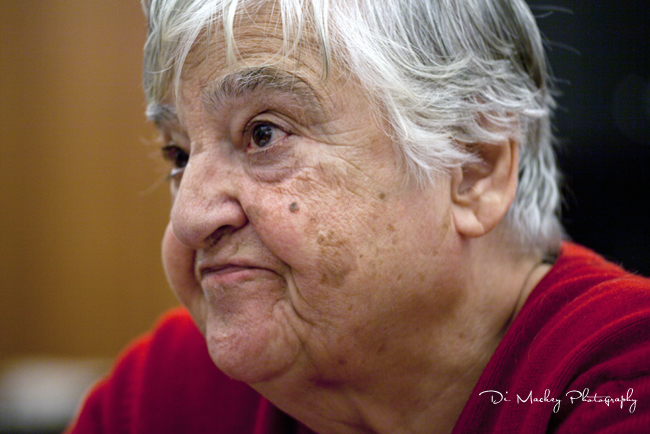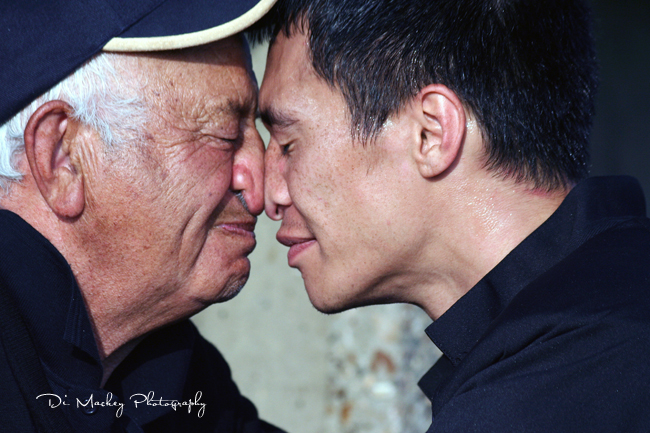 Her photographic work is magnificent and I love her presence: her portraits are stunning, they expose intimacy, humor, and pensiveness; her photographs capture the space, the movement, human interaction deliciously, in a way that one feels invited to an event long after it disappeared from the public scene.
Her photographic work is magnificent and I love her presence: her portraits are stunning, they expose intimacy, humor, and pensiveness; her photographs capture the space, the movement, human interaction deliciously, in a way that one feels invited to an event long after it disappeared from the public scene.
In all her unobtrusiveness when working with the camera, Di is great fun to hang out with, the artists, scholars, thinkers, curators of our Berlin exhibition highly appreciated her, and when working together in Cairo, Istanbul, Berlin, or wherever else, I enjoy her kindness, humor, and delightful presence.
Shulamit Bruckstein, Curator, director of TASWIR projects / ha’atelier
Shulamit wrote this after a series of projects together and, in so many ways, lays out what I want to achieve as a documentary photographer.
I believe I need to be unobtrusive, invisible ... disappearing into the moment I have been asked to capture. At the same time I believe that there are going to be people I need to engage with. It's about building trust, if there's time. It's about being respectful - I want people to enjoy my work afterwards.
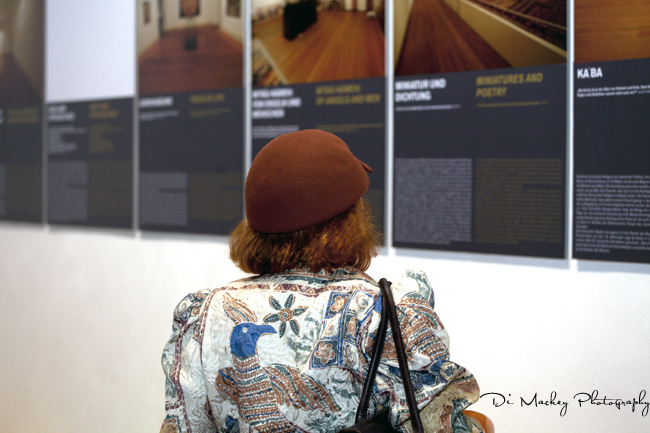 I prefer to wear dark clothes and quiet shoes. I carry cough drops and tissues. Nothing about me should stand out or distract people from the event. I don't make eye contact when I move around ... unless I need to or unless I find a 'favourite'. A favourite is someone who embodies something of atmosphere ... the event. And there is always someone.
I prefer to wear dark clothes and quiet shoes. I carry cough drops and tissues. Nothing about me should stand out or distract people from the event. I don't make eye contact when I move around ... unless I need to or unless I find a 'favourite'. A favourite is someone who embodies something of atmosphere ... the event. And there is always someone.
I love my flash. It's a Canon Speedlite 580EX II and over the years we've become good friends. I know how to twist and turn it, to bounce light and avoid shadows. I work with my favourite lens most of the time, a Canon EF 70-200mm 1:4L. Some people get hung up on the latest equipment but I simply love whatever works for me. This lens is my baby. Attached to my Canon 5D Mk II ... it's magic.
I prefer to zoom because it allows me to stand back, on the edges, while still getting up close and personal without people realising that it's all about them.
Documentary photography ... unobtrusiveness, respect, the building of trust, connections, communication. It's all of that and more. I love it.




